
by Stemedix | Jul 20, 2020 | Stem Cell Therapy, Neurodegenerative Diseases
Neurodegenerative diseases affect millions of people across the globe. Parkinson’s disease (PD) and Alzheimer’s disease are the two most common illnesses within this category, and as of 2016, more than five million Americans were living with Alzheimer’s disease alone. It’s estimated that the prevalence of neurodegenerative diseases will only increase in the coming years with the aging population.
Characterized by the loss of function and death of nerve cells, neurodegenerative diseases cannot currently be cured. There are medications available to control symptoms, but patients don’t always respond to these drugs as desired. Moreover, there are often side effects which can further diminish patients’ health and wellbeing.
Stem Cells for Neurodegenerative Diseases
As a promising alternative to traditional medicine, stem cell therapy is being explored as a treatment for neurodegenerative conditions. These remarkable cells act as the basis from which every other differentiated cell type in the body is created. They can self-renew and transform into nearly any cell type. With these capabilities, researchers are finding that stem cells can repair damaged neurons, thus controlling the rate of disease. In some cases, it’s possible that stem cells could even reverse some of the damage already done.
There are several different types of stem cells being investigated for neurodegenerative conditions, including:
- Tissue-specific stem cells: These stem cells can give rise to multiple organ-specific cells and are typically located in areas of the body that can self-renew, including the skin and blood.
- Mesenchymal Stem Cells (MSCs): MSCs are located within the bone marrow and can differentiate into several types of cells, including cartilage, bone, and muscle. They have strong self-renewing properties and are therefore an ideal candidate for tissue repair.
- Induced Pluripotent Stem Cells (iPSCs): iPSCs are artificially derived from adult cells and programmed back to pluripotency. This creates an unlimited source of any cell type. Although iPSCs have been used in developing medications and disease modeling, further research is needed to determine their efficacy in other types of treatment.
- Neural Stem Cells (NSCs): NSCs are derived from specific areas of the brain and are thus considered specialized cells. Like other stem cells, they are self-renewing and multipotent.
Stem Cells for Neurodegenerative Diseases
The research into how stem cells can help patients with neurodegenerative diseases is ongoing. With that being said, tremendous progress has already been made. In specific, stem cell therapy is being used to help treat the following conditions:
- Alzheimer’s Disease: Columbia University researchers have discovered a groundbreaking process through which skin cells could be converted into brain cells. With further research, this process could help to create neurons which have been compromised by conditions such as Alzheimer’s disease.
- Parkinson’s Disease: PD patients experience a decline of dopamine as brain cells are destroyed. As dopamine levels drop, patients experience a range of challenging symptoms, including issues with movement and cognition. Recently, stem-cell derived dopaminergic neurons created through ESCs and iPSCs have emerged as a potential option for replacing compromised brain cells.
ALS: ALS has puzzled researchers for decades, largely due to the inability to source motor neurons in large enough numbers for studying. Recently, however, Harvard researchers have acquired mature cells that can be manipulated back into stem cells from ALS patients, which could lay the foundation for studying new therapies. Contact a Care Coordinator today for a free assessment!

by admin | Jul 14, 2020 | Exosomes, Stem Cell Therapy
Over the past decade, scientists have learned that the molecules that mesenchymal stem cells release are every bit as important to regenerative medicine as the stem cells themselves. Stem cells release exosomes, which are tiny packets that contain countless molecules of microRNA, cytokines, and growth factors. These molecules are mainly what allows stem cells to help the body regrow and repair.
Dr. Vizoso and colleagues published a review article that describes the many benefits of the secretome, that is, stem cell exosomes and the substances they produce. They not only explain why exosomes are helpful in regenerative medicine but why stem cell exosomes bring a powerful enhancement to stem cells themselves.
Compared to exosomes, whole stem cells are rather big—one can safely inject far more exosomes than stem cells in each treatment. And, really, it seems that the stem cell exosomes are what is supplying most of the benefits.
Stem cells can be made to produce millions of exosomes. These stem cell exosomes can then be collected, stored, shipped, and infused with much less cost and aggravation than stem cells themselves. Exosomes have small molecules on their surfaces that allow them to seek out and find areas in the body where they are needed. Stem cells often need to be injected near the site of injury. Exosomes may work if simply infused into a vein.
Dr. Vizoso and coauthors make a persuasively strong argument about the potential benefits of infusing stem cell exosomes instead of stem cells themselves. They also point out the potential limitations of the process, given the current technology. For example, stem cells would need to be made “immortal” so that they can keep producing large amounts of the same sorts of exosomes over time. Fortunately, the techniques of cell immortalization have been around for at least 30 years. Thus, most of the barriers to widespread, large scale exosome use are things scientists already know how to overcome.
While there may still be benefits for direct stem cell infusions, the future of research is moving forward with stem cells and exosomes.
Reference: Vizoso, F., et al. (2017). Mesenchymal Stem Cell Secretome: Toward Cell-Free Therapeutic Strategies in Regenerative Medicine. International Journal of Molecular Sciences. 2017, 18(9), 1852.

by Stemedix | Jul 13, 2020 | Stem Cell Therapy, Rheumatoid Arthritis
Rheumatoid arthritis (RA) is a chronic inflammatory condition that can affect the joints, as well as several body systems. As an autoimmune disease, RA is characterized by the body’s immune system mistakenly attacking its own healthy tissue. While other forms of arthritis, such as osteoarthritis, are caused by general wear and tear, RA targets the joint lining, resulting in swelling that will eventually erode the joints and bones.
In some cases, the inflammation can cause widespread damage throughout bodily systems such as the eyes, skin, lungs, heart, and blood vessels. Although there have been treatments available to control the symptoms of RA, in some severe cases, physical disabilities may still occur.
Can Stem Cell Therapy Help Treat Rheumatoid Arthritis?
Typically, RA is treated with immune suppressive medications such as steroids. While they may offer temporary relief, long-term use isn’t advised, as it can suppress the body’s immune response. Thus, such medications leave patients more vulnerable to infections and other illnesses. Disease-modifying anti-rheumatic drugs (DMARDs) may be prescribed as well, or biologics if needed. Nonetheless, these medications fail to address joint damage which has already occurred. Moreover, many patients fail to see significant results.
Recently, stem cell therapy has emerged as a studied and researched option to target inflamed tissue and trigger the development and anti-inflammatory agents. Mesenchymal stem cells (MSCs), in particular, have been shown to produce T regulatory cells, which help to safeguard against the self-attacking immune response seen in RA. One study on MSCs for RA demonstrated a significant decrease in pro-inflammatory agents, absent of the long-term side effects caused by traditional RA therapies.
Which Type of Stem Cells Are Used to Treat Rheumatoid Arthritis?
MSCs are a commonly used stem cell therapy option for managing symptoms of Rheumatoid Arthritis. These cells are derived from either adipose (fat) tissue from the patient or the umbilical cord (Wharton’s Jelly) following healthy births. The mothers undergo rigorous screening to ensure the safety of the cells. Because umbilical cord-derived stem cells are some of the youngest, they have longer cell lives than those derived from adults.
What Are the Benefits of Mesenchymal Stem Cells?
Since they are do not come from the blood, MSCs are considered safe and do not require phenotypic or Hyman Leukocyte Antigen (HLA) matching. Cell rejection is therefore not a concern. Mesenchymal stem cells exert a number of beneficial effects on the cells of the immune system. Mesenchymal stem cells can help fine-tune the immune system by inducing the action of regulatory T-cells potentially shifting the balance from harmful to helpful immune system function.
The benefits of MSCs leave researchers optimistic about the future of stem cells as an option for those with autoimmune conditions such as Rheumatoid Arthritis. The therapy is a worthwhile option to explore for patients seeking potential improvements for their day to day quality of life. Contact a Care Coordinator today for a free assessment!

by admin | Jul 9, 2020 | Multiple Sclerosis, Mesenchymal Stem Cells, Stem Cell Therapy
Scientists have long realized that multiple sclerosis is an inflammatory disease, and that the immune system, in a manner, attacks the brain and spinal cord. These inflammatory lesions cause patients to have severe neurological symptoms. Therefore, treatments for multiple sclerosis have focused on controlling the immune system.
There are current treatments of care for MS patients to manage their symptoms. They can help minimize the severity of the disease, but they may cause serious side effects. Consequently, researchers are constantly looker for newer, safer, less expensive alternatives.
While the precise cause of MS is still unknown, multiple sclerosis lesions contain high levels of an immune cell, specifically CD4+ T cells. These T cells become active in the central nervous system and interfere with the function of other T cells (regulatory T cells). Simply put, whatever causes MS creates abnormal regulatory T cells; healthy regulatory T cells are important for maintaining a balance between helpful and harmful immune system functions.
In the scientific research journal Oncotarget, Yang and co-authors showed experimentally for the first time that umbilical cord-derived mesenchymal stem cells could repair defective regulatory T cells in patients with MS.
The scientists collected mesenchymal stem cells from umbilical cord tissue (the tissue that is usually thrown away as medical waste after live birth). They also collected peripheral blood mononuclear cells (i.e. T cells, B cells, natural killer cells, and monocytes) from patients with MS and healthy volunteers. Stem cells and peripheral blood mononuclear cells were combined in the lab for 3 days. After incubation, samples with stem cells had a higher proportion of regulatory T cells, and those regulatory T cells had greatly improved their function. In fact, stem cell treatment made the defective regulatory T cells function much like regulatory T cells from healthy volunteers.
More work must be done to take this technology from the lab and into the clinic, but the proof of concept is remarkable. Stem cell treatment has been shown to be safe in scores of clinical trials. Thus, if umbilical cord-derived mesenchymal stem cells can improve regulatory T cell function in patients with MS, the impact could be beneficial to help improve multiple sclerosis symptoms.
Reference: Yang, H., et al. (2016). Umbilical cord-derived mesenchymal stem cells reversed the suppressive deficiency of T regulatory cells from peripheral blood of patients with multiple sclerosis in a co-culture – a preliminary study. Oncotarget 2016; 7:72537-72545.

by admin | Jul 8, 2020 | Multiple Sclerosis, Stem Cell Therapy
The most common form of multiple sclerosis is a relapsing-remitting MS. In relapsing-remitting multiple sclerosis, patients have relatively quiet, healthy times interrupted by disease flares. MS flares can cause many different neurological symptoms. The disease can interfere with any number of bodily processes, from walking to seeing, to urinating.
For many years, the only treatments available for relapsing-remitting MS were steroids or other powerful medications that had troubling side effects. Recently, disease-modifying drugs have become available that extend the times in between flares. Steroids are still used to treat disease flares, but disease-modifying drugs seem to make those flares occur less often.
One way that scientists judge the value of disease-modifying therapy for relapsing-remitting MS is to see how long it can prevent relapse. For example, researchers divide a group of patients into two groups, give each group a different treatment, and track to see the time until a relapse occurs.
Researchers took this same scientific approach to compare disease-modifying therapy to nonmyeloablative hematopoietic stem cell transplantation which is the infusion of stem cells without destroying the patient’s existing bone marrow and stem cells with chemotherapy. The results were published in the prestigious Journal of the American Medical Association (JAMA).
The scientists from hospitals and institutions around the world followed about 100 women with relapsing-remitting multiple sclerosis. Half received disease-modifying therapy, which is the current standard of care, while the other half received stem cell therapy.
During the first year of the study, the symptoms were more severe in patients who received disease-modifying therapy. This was expected since patients with this form of MS tend to get worse over time. Impressively, the group who received stem cell treatment had less severe symptoms than when they started a year earlier.
Three patients who received stem cell therapy experienced disease progression; however, a staggering 34 patients in the disease-modifying group had disease progression. In other words, far fewer RRMS patients in the stem cell therapy group had disease progression than those receiving standard disease-modifying treatments.
The authors of this groundbreaking study mention that “further research is needed to replicate these findings,” presumably in a double-blind trial. Nevertheless, this is not a small study (~100 patients) and patients were followed for a very long time (5 years). As such, the results provide strong, preliminary evidence that stem cell therapy was more effective than disease-modifying therapy for patients with
Reference: Burt, R., et al. (2019). Effect of Nonmyeloablative Hematopoietic Stem Cell Transplantation vs Continued Disease-Modifying Therapy on Disease Progression in Patients With Relapsing-Remitting Multiple Sclerosis. JAMA. 2019;321(2):165-174.

by Stemedix | Jul 6, 2020 | Stem Cell Therapy, Autoimmune, Lupus
Lupus is a long-term illness which can lead to inflammation and pain in any part of the body. As an autoimmune condition, lupus is characterized by an immune response in which the body mistakenly attacks healthy tissue. Oftentimes, the condition affects the skin and joints. In serious cases, it can also affect the internal organs, such as the kidneys and heart. Common symptoms include rash, fatigue, and swollen lymph nodes.
There is currently no cure for lupus, though medications such as anti-inflammatory drugs and immune-suppressants are used to control symptoms. In severe cases, cytotoxic drugs may be prescribed. These medications target and destroy cells that grow at a rapid rate. In the case of autoimmune conditions, the hyperactive immune system produces autoantibodies too rapidly, and the medications may help to control this response.
Unfortunately, drugs such as cytotoxic medicines have a number of unfavorable side effects, including toxic effects on the blood and immune systems. Patients become more vulnerable to infections such as pneumonia, and hair loss is a common side effect.
Frustratingly, lupus can be a painful and debilitating illness, and patients are left with few treatment options. Moreover, not all patients respond to medications as desired.
Stem Cell Therapy for Lupus
Any successful therapy for lupus should help to control the flare of symptoms and balance the body’s immune response. While achieving this harmony has proven difficult with traditional therapies, recent research suggests stem cell treatment could hold the potential in helping to manage the symptoms of this autoimmune condition.
In particular, the intravenous administration of a patient’s own stem cells could help to regulate the body’s immune response, restoring function in the organs affected by the illness while simultaneously minimizing or eliminating the need for certain medications.
Stem cells can give rise to virtually any cell tissue within the body. They also have the ability to repair damaged tissue because they have the ability to multiply. Within recent years, studies involving stem cell therapy have been performed, offering immense promise to patients with autoimmune conditions seeking alternative treatment options. Contact a Care Coordinator today for a free assessment!
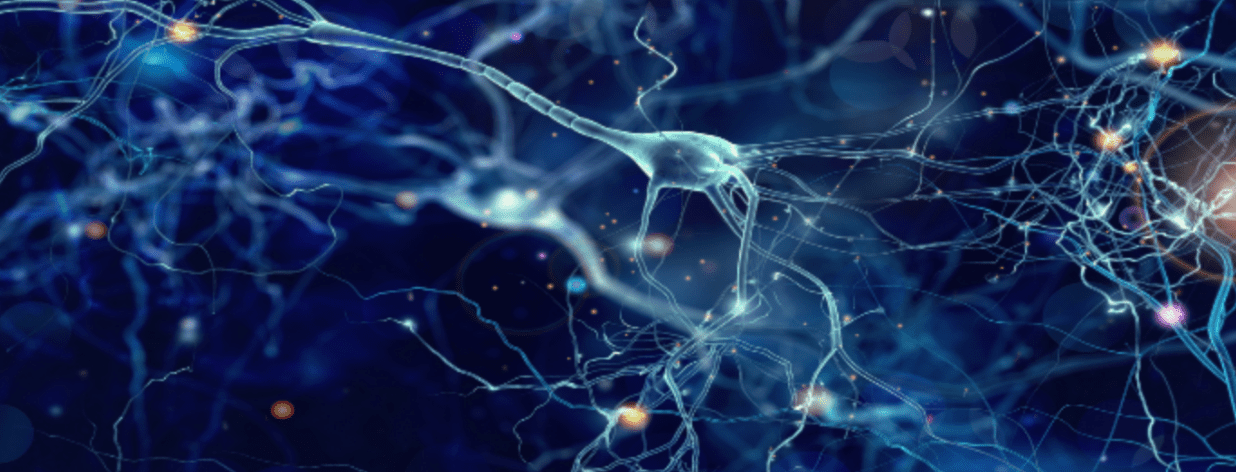


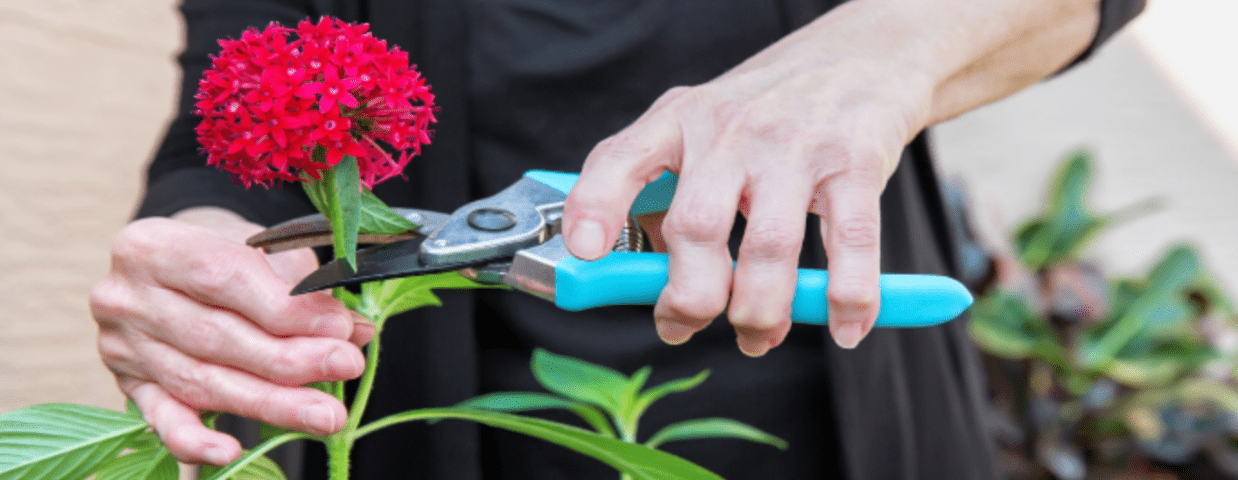
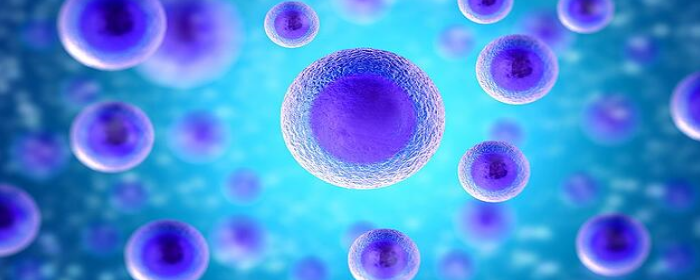
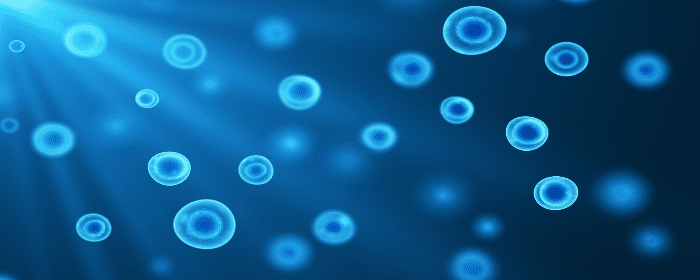
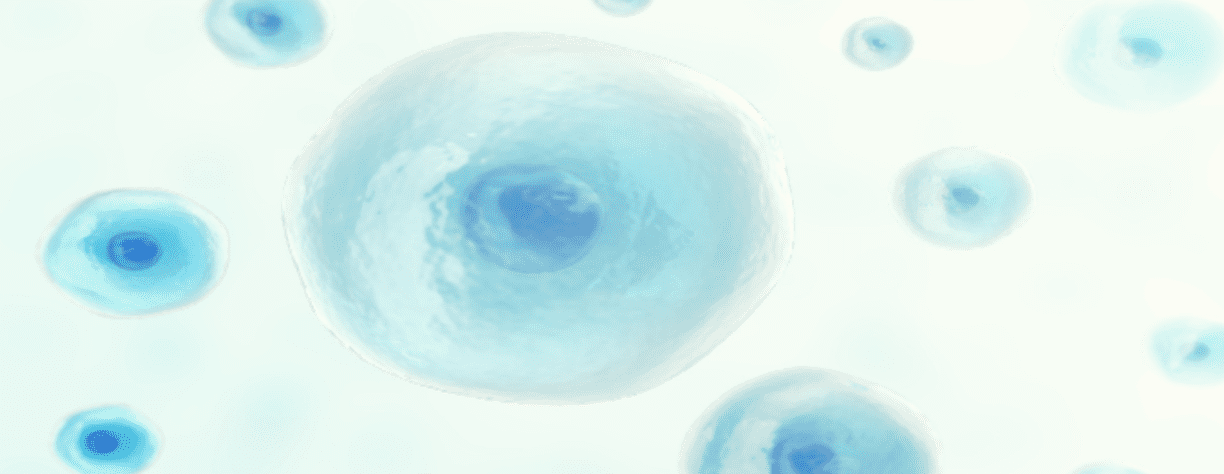
 St. Petersburg, Florida
St. Petersburg, Florida
